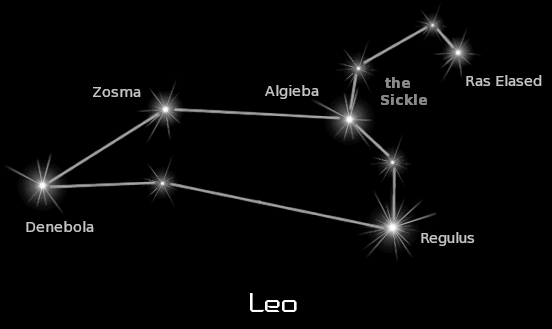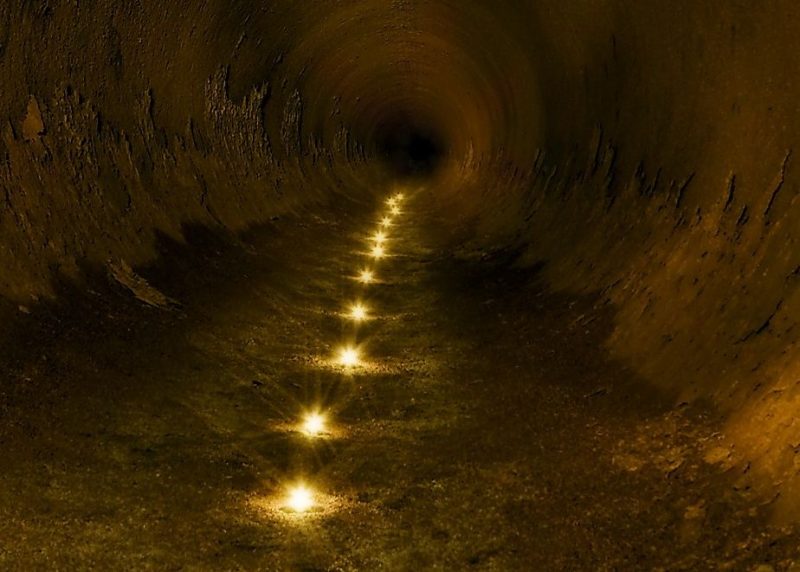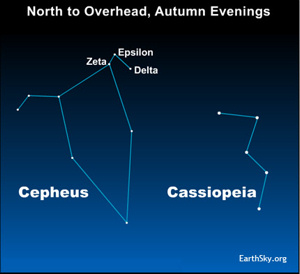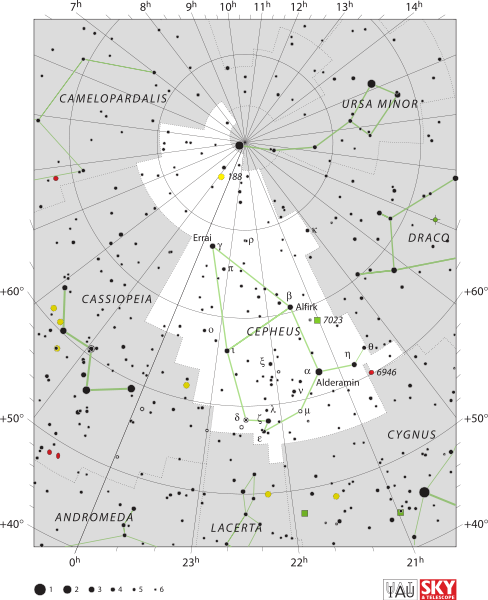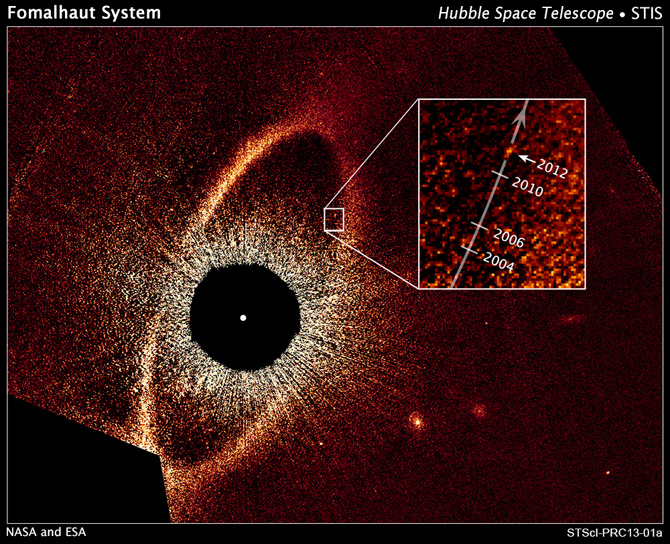

View larger. | Graphic highlighting some of the science themes that may be possible to study during the two flybys of Venus. Image via ESA.
In October 2020, Venus will be the focus of an international campaign of coordinated observations, involving the ESA-JAXA BepiColombo and JAXA Akatsuki spacecrafts, as well as multiple ground-based telescopes and planetary scientists around the world. The collaboration aims to shed new light on the thick and complex atmosphere of Venus. Astronomers announced the plans for the campaign September 19, 2019 at the EPSC-DPS Joint Meeting in Geneva, Switzerland.
On October 15, 2020, the ESA-JAXA BepiColombo spacecraft will pass close to Venus in the first of two flybys of the planet during the mission’s long journey to Mercury. The encounter, said ESA:
… will provide an opportunity to cross-check the accuracy of BepiColombo’s instrumentation with that of JAXA’s Venus orbiter, Akatsuki, and for the two missions to work together with Earth-based observers to study Venus’ atmosphere from multiple viewpoints and at different scales.
Akatsuki, launched in May 2010, is currently the only spacecraft in orbit around Venus. The mission arrived in December 2015 and monitors the planet every two hours from an elliptical orbit that takes it from 620 miles (1,000 km) at its closest approach to 205,000 miles (330,000 km) at its furthest point.
The BepiColombo mission, launched in October 2018, will go into orbit around planet Mercury in December 2025. At the time of the spacecraft’s flyby of Venus, BepiColombo will be at 6,637 miles (10,681 km) from Venus’ surface – approximately 30 times closer to the planet than Akatsuki, which will be at its peak distance. This means that BepiColombo will be able to make close up observations while Akatsuki will capture processes at a global scale.
BepiColombo will use encounters with Venus in October 2020 and August 2021 to help it spiral onto an orbital path where it can catch up with fast-moving Mercury, which whizzes round the sun every 88 days.
The BepiColombo mission consists of two scientific orbiters, ESA’s Mercury Planetary Orbiter (MPO) and JAXA’s Mercury Magnetospheric Orbiter (MMO, renamed at launch ‘Mio’), which are designed to explore Mercury and its environment. According to ESA:
Eight out of the eleven instruments onboard the MPO will be able to operate at Venus. While this suite of sensors has been designed to study the rocky, atmosphere-free environment at Mercury, the MPO instrumentation will be able to contribute valuable science at Venus during the flyby.
In particular, MPO’s thermal infrared spectrometer and radiometer (MERTIS) will provide temperature and density profiles and study the chemical composition and cloud cover in the mid-altitude atmosphere. This will be the first time observations of this kind have been made since the Russian Venera 15 mission in 1983. MPO’s UV spectrometer (PHEBUS) may provide UV range reflectivity from the clouds and emissions from the upper atmosphere while its approaching to Venus. Six other instruments on both MPO and Mio will study the interaction between the sun and Venus’s upper atmosphere. The magnetometers on each spacecraft will study the magnetic environment.
The infrared and ultraviolet instruments onboard BepiColobo will make coordinated observations with the corresponding cameras onboard Akatsuki. Earth-based telescopes, including the Canada France Hawaii Telescope, the NASA Infrared Telescope Facility, as well as the Earth-orbiting Hisaki ultraviolet astronomy satellite, will contribute a different viewing perspective and enable global mapping of atmospheric features at Venus.
Astronomer Yeon Joo Lee of TU Berlin, said in a statement:
The opportunity to use all these instruments simultaneously will give us access to multiple wavelengths to probe different altitudes of the atmosphere and to distinguish the different gases present … The different viewing angles and distances of all the spacecraft and telescopes involved will enable us to see what’s happening on the dayside and the nightside of the planet and how processes evolve over time, which can be missed by just one mission.
Bottom line: Coordinated observations, involving 2 spacecrafts and multiple ground-based telescopes, aims to shed new light on the thick, complex atmosphere of Venus in October 2020.
from EarthSky https://ift.tt/2l0wApZ


View larger. | Graphic highlighting some of the science themes that may be possible to study during the two flybys of Venus. Image via ESA.
In October 2020, Venus will be the focus of an international campaign of coordinated observations, involving the ESA-JAXA BepiColombo and JAXA Akatsuki spacecrafts, as well as multiple ground-based telescopes and planetary scientists around the world. The collaboration aims to shed new light on the thick and complex atmosphere of Venus. Astronomers announced the plans for the campaign September 19, 2019 at the EPSC-DPS Joint Meeting in Geneva, Switzerland.
On October 15, 2020, the ESA-JAXA BepiColombo spacecraft will pass close to Venus in the first of two flybys of the planet during the mission’s long journey to Mercury. The encounter, said ESA:
… will provide an opportunity to cross-check the accuracy of BepiColombo’s instrumentation with that of JAXA’s Venus orbiter, Akatsuki, and for the two missions to work together with Earth-based observers to study Venus’ atmosphere from multiple viewpoints and at different scales.
Akatsuki, launched in May 2010, is currently the only spacecraft in orbit around Venus. The mission arrived in December 2015 and monitors the planet every two hours from an elliptical orbit that takes it from 620 miles (1,000 km) at its closest approach to 205,000 miles (330,000 km) at its furthest point.
The BepiColombo mission, launched in October 2018, will go into orbit around planet Mercury in December 2025. At the time of the spacecraft’s flyby of Venus, BepiColombo will be at 6,637 miles (10,681 km) from Venus’ surface – approximately 30 times closer to the planet than Akatsuki, which will be at its peak distance. This means that BepiColombo will be able to make close up observations while Akatsuki will capture processes at a global scale.
BepiColombo will use encounters with Venus in October 2020 and August 2021 to help it spiral onto an orbital path where it can catch up with fast-moving Mercury, which whizzes round the sun every 88 days.
The BepiColombo mission consists of two scientific orbiters, ESA’s Mercury Planetary Orbiter (MPO) and JAXA’s Mercury Magnetospheric Orbiter (MMO, renamed at launch ‘Mio’), which are designed to explore Mercury and its environment. According to ESA:
Eight out of the eleven instruments onboard the MPO will be able to operate at Venus. While this suite of sensors has been designed to study the rocky, atmosphere-free environment at Mercury, the MPO instrumentation will be able to contribute valuable science at Venus during the flyby.
In particular, MPO’s thermal infrared spectrometer and radiometer (MERTIS) will provide temperature and density profiles and study the chemical composition and cloud cover in the mid-altitude atmosphere. This will be the first time observations of this kind have been made since the Russian Venera 15 mission in 1983. MPO’s UV spectrometer (PHEBUS) may provide UV range reflectivity from the clouds and emissions from the upper atmosphere while its approaching to Venus. Six other instruments on both MPO and Mio will study the interaction between the sun and Venus’s upper atmosphere. The magnetometers on each spacecraft will study the magnetic environment.
The infrared and ultraviolet instruments onboard BepiColobo will make coordinated observations with the corresponding cameras onboard Akatsuki. Earth-based telescopes, including the Canada France Hawaii Telescope, the NASA Infrared Telescope Facility, as well as the Earth-orbiting Hisaki ultraviolet astronomy satellite, will contribute a different viewing perspective and enable global mapping of atmospheric features at Venus.
Astronomer Yeon Joo Lee of TU Berlin, said in a statement:
The opportunity to use all these instruments simultaneously will give us access to multiple wavelengths to probe different altitudes of the atmosphere and to distinguish the different gases present … The different viewing angles and distances of all the spacecraft and telescopes involved will enable us to see what’s happening on the dayside and the nightside of the planet and how processes evolve over time, which can be missed by just one mission.
Bottom line: Coordinated observations, involving 2 spacecrafts and multiple ground-based telescopes, aims to shed new light on the thick, complex atmosphere of Venus in October 2020.
from EarthSky https://ift.tt/2l0wApZ


